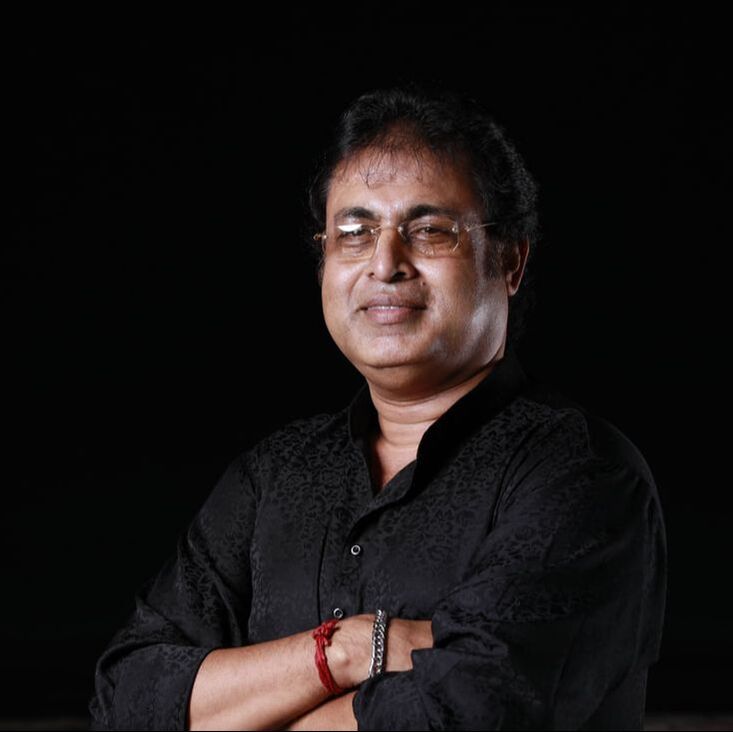Sitar
Classes
What is Sitar?
The origin of the Indian sitar is usually attributed to Amir Khusrau, the celebrated musician, poet and statesman at the court of Sultan Alaudin Khilji of Delhi. A sitar originally had only three strings: the name sitar is derived from the Persian She-Tar, which means three strings. In principle, it is a Veena – it is opined that Amir Khusrau improved upon one of the existing Veenas and the result was a type of sitar.
The sitar today consists of seven strings on the upper part for playing and eleven sympathetic strings under the main strings, running parallel to them. Sitar evolved as a key instrument of Indian classical music from the 20th century. Pandit Ravi Shankar popularized the instrument and the Hindustani genre of music outside of India.
The sitar today consists of seven strings on the upper part for playing and eleven sympathetic strings under the main strings, running parallel to them. Sitar evolved as a key instrument of Indian classical music from the 20th century. Pandit Ravi Shankar popularized the instrument and the Hindustani genre of music outside of India.
Our Sitar Tutor
Begin Your Journey Today
Want to enrol in SIFAS? Become a member and register as a student.
Contact UsSingapore Indian Fine Arts Society
2A Starlight Road, Singapore 217755 TEL: +65 6299 5929 FAX: +65 6295 1238 Media and partnership contact details: [email protected] |
Begin Your Journey TodayWant to enrol in SIFAS? Begin your classes as soon as the start of next month! Become a member and register as a student: |
Find UsInformation is correct at the time of publication.
Copyright of SIFAS 2023. |

